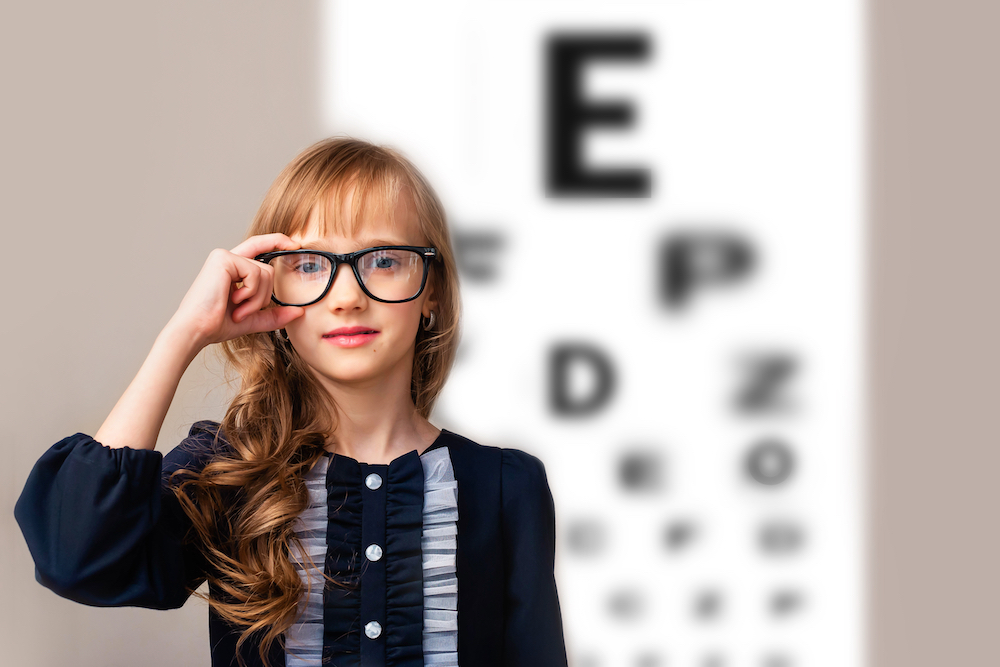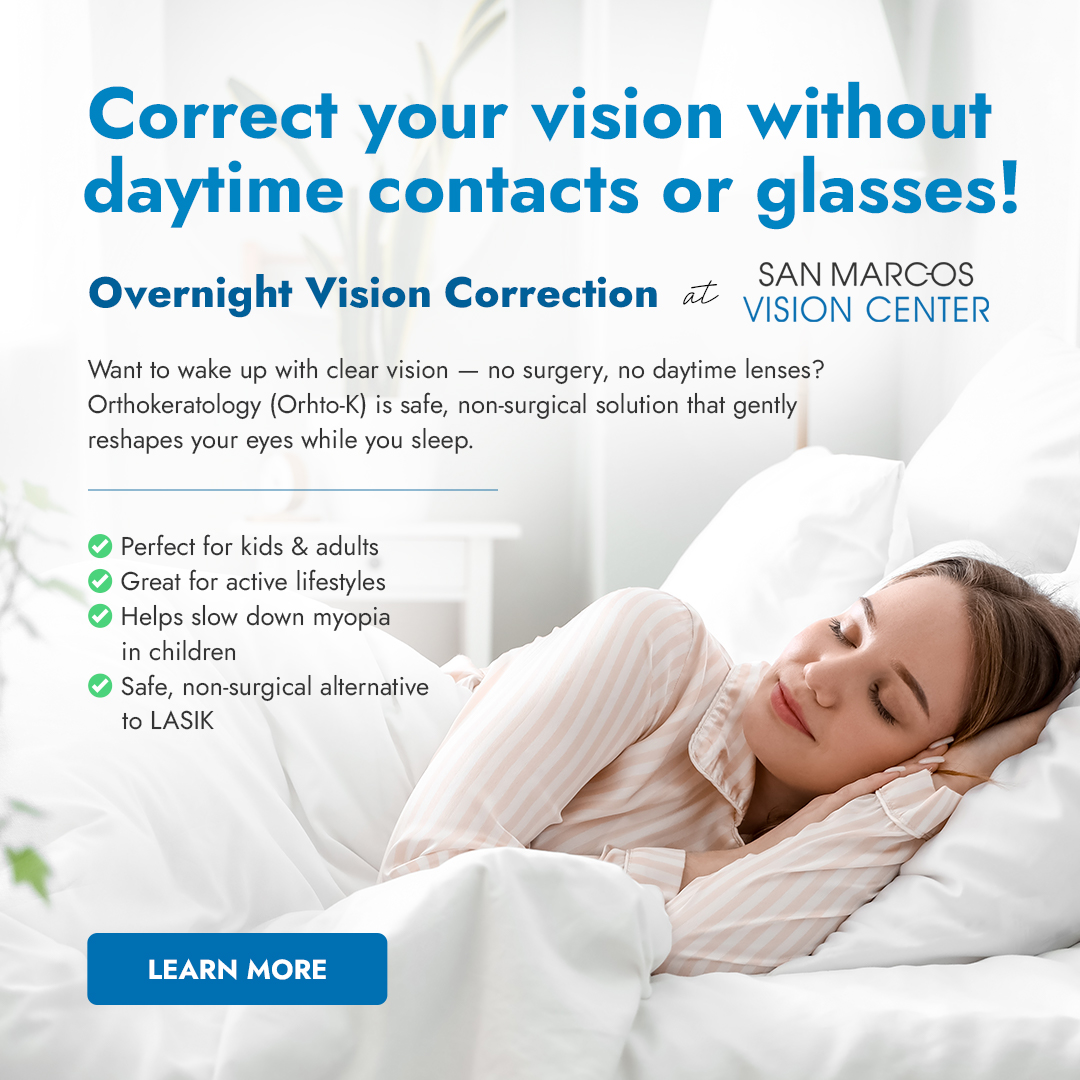
Your eyes are constantly growing and developing from birth until you are about or over 18 years old. Of these years, the first 6 to 8 years are critical; during this time, most visual issues develop. Also, children learn about 70% of everything through observation. These two facts should tell you just how important it is to have a child see a professional eye doctor.
While the state offers vision screenings for all new students before school, the screenings miss many eye conditions. Usually, they only provide insight into simple eye conditions. However, a child can see relatively clearly but may not be able to follow an object through the air. So, taking your child to a licensed optometrist is essential before your child enters school.
Refractive Errors
Refractive errors are the most common of all vision issues affecting both children and adults. They are hyperopia, myopia, and astigmatism. Of these, the most common is myopia, which usually develops early on. Currently, some healthcare professionals consider myopia a pandemic. They estimate that by 2050, over half of the world's population will have it.
These refractive errors make it difficult for children to focus in class and participate in other activities. It can severely affect your child's academic, social, and sports life, which is essential for healthy growth.
Myopia
As mentioned, this condition is one of children's and adults' most prevalent visual issues. Myopia or nearsightedness affects distance vision. A child with myopia may start squinting when trying to look at something far away. You may also notice they sit closer to the TV. Another symptom is holding things close to their face when they are looking at them.
Hyperopia
Hyperopia, also known as farsightedness, is a condition that affects close-up vision. It occurs when the cornea is flatter than it should be. Unlike myopia, this condition is not as prevalent.
Astigmatism
Astigmatism is a condition that affects vision at all distances. It makes life difficult for a child because they can neither read nor play well. It occurs when the cornea is irregular, making it difficult for light to refract correctly.
Amblyopia
Another condition that usually affects children is amblyopia or lazy eye. In this condition, one eye becomes weaker than the other. As it becomes weaker, the brain starts to completely ignore the input from it. Operating with just one eye can make navigating the world hard for your child. They may also begin to tilt their head when they are looking at something. Another symptom is the weaker eye may start wandering.
Strabismus
Strabismus is commonly known as crossed eyes; like amblyopia, it develops in young children. The condition affects binocular vision because the eyes face different directions. The conflicting images make it difficult for the brain to reconcile. It causes significant issues with depth perception.
Strabismus may lead to the development of amblyopia. This occurs when the brain chooses the input from one eye to help maintain logical visual information. It impacts a child's self-confidence and ability to socialize.
For more common vision issues for children or to have your child evaluated, contact San Marcos Vision Center at our office in San Marcos, Texas. Call (512) 890-0660 to book an appointment today.

 Specialty Contacts
Specialty Contacts





